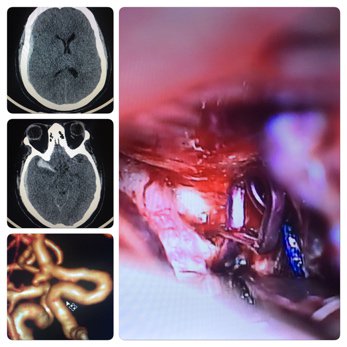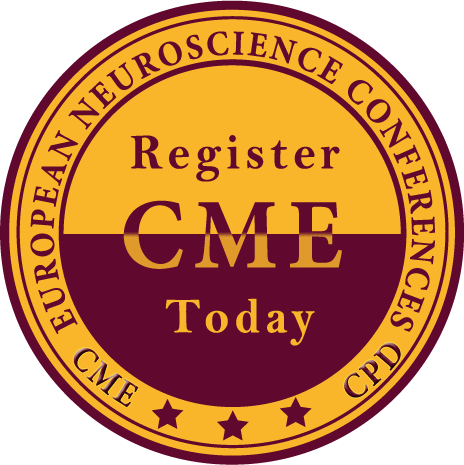
Dionisio Figueiredo Lopes
Hospital de Urgencia Otavio Lage, Brazil
Title: The use of multislice CT angiography in the surgical treatment of ruptured intracranial aneurysms
Biography
Biography: Dionisio Figueiredo Lopes
Abstract
Non-traumatic subarachnoid hemorrhage (SAH) is a neurological emergency. The main cause of non-traumatic SAH (80% of cases) is rupture of an intracranial aneurysm, an event accompanied by high morbidity and mortality rates. The incidence of aneurysmal SAH is estimated to be about 11 cases per 100,000 population per year. Extensive evidence is available demonstrating that early surgery is associated with improved outcome. Cerebral angiography (CA), computed tomography angiography (CTA) or MR angiography are commonly used to determine the location, size and shape of an aneurysm before treatment. CTA images show cerebral vessels in three-dimensional directions and can provide 3D images for aneurysm detection. Some studies have reported sensitivities ranging from 77 and 100% and specificities ranging from 79 and 100%. Among aneurysm detected on CTA and then undergoing surgery, 100% correlation was observed between CTA and CA. CTA, as less invasive and rapidly performed is an accepted method for detection and characterization of cerebral aneurysm when planning surgical intervention. Hospital de Urgências Governador Otávio Lage – HUGOL is a reference hospital for neurological emergencies such as trauma and stroke in a big city in Brazil. We proceeded 60 microsurgical clipping of ruptured intracranial aneurysm during 17 months from August 2015 to December 2016. After the clinical and image diagnoses of SAH, all the 60 patients underwent CTA examinations. The CTA study was performed with a 16-row multislice CT machine. One aneurysm (1.6%) was not detected by CTA initially and visible on the CA. 59 (98.3%) patients were successfully treated based on CTA as the only preoperative investigation. In conclusion, 16-slice CTA image is useful for the diagnosis of ruptured cerebral aneurysm as a noninvasive imaging technique providing an early diagnosis.


